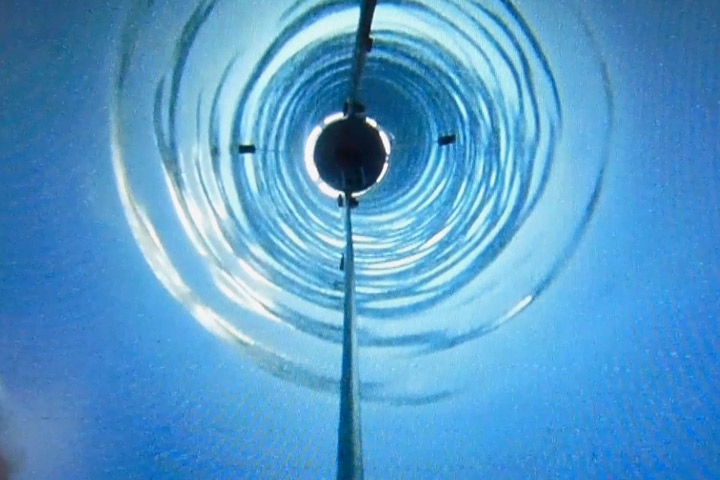Johnny Madsen - Færgemanden
Det var en stormfuld nat
langt væk fra Kattegat
vi sad i et støveri
i en by nær ved Vestervig
og det banked på vor dør
vi syntes vi havde hørt den lyd før
det var den færgemand
den farlige færgemand
[OMKVÆD:]
Det var den færgemand
og han solgte færgevand
og når man drak hans færgevand
blev Danmark et dejligt land
der var også mælk ombord
og et postkort hjem til mor
og så lidt mere færgevand
fra den farlige færgemand
Det var en dejlig dag
vi tog fra Rønbjerg af
luften den var mild
og "æ hugger" han var vild
en sofa stod på skibets dæk
med moonshine der var læk
og en færdig færgemand
den farlige færgemand
langt væk fra Kattegat
vi sad i et støveri
i en by nær ved Vestervig
og det banked på vor dør
vi syntes vi havde hørt den lyd før
det var den færgemand
den farlige færgemand
[OMKVÆD:]
Det var den færgemand
og han solgte færgevand
og når man drak hans færgevand
blev Danmark et dejligt land
der var også mælk ombord
og et postkort hjem til mor
og så lidt mere færgevand
fra den farlige færgemand
Det var en dejlig dag
vi tog fra Rønbjerg af
luften den var mild
og "æ hugger" han var vild
en sofa stod på skibets dæk
med moonshine der var læk
og en færdig færgemand
den farlige færgemand
Johnny madsen - Johnny the blues
Music: Johnny Madsen - Færgemanden - Johnny the Blues - Lyric - Link
Music: Johnny Madsen - Æ Kør - O Æ Motorvej
Music: Johnny Madsen - Æ Kør - O Æ Motorvej






